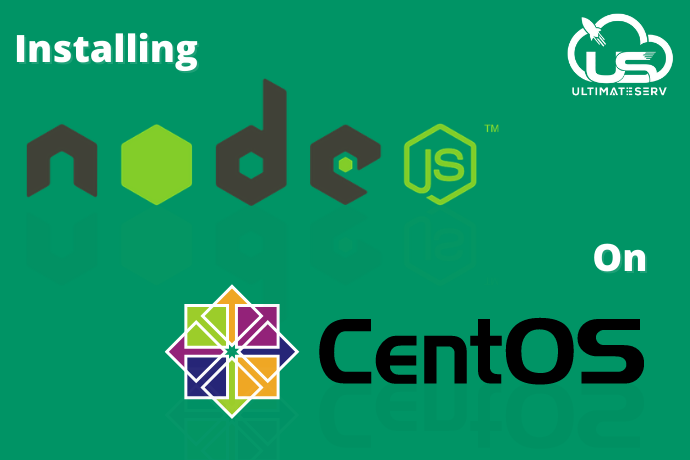

To set this up, see our Initial Server Setup for CentOS 8 guide. We will assume you are logged into this server as a non- root, sudo-enabled user.

To complete this tutorial, you will need a server running CentOS 8. Building from source is rarely necessary for most users. If you’re a developer or otherwise need to manage multiple installed versions of Node, use the nvm method.

Most users should use dnf to install the built-in pre-packaged versions of Node. building and installing node from source.installing nvm, the Node Version Manager, and using it to install and manage multiple versions of node.using dnf to install the nodejs package from CentOS’s default AppStream repository.In this guide, we will show you three different ways of getting Node.js installed on a CentOS 8 server: It allows developers to create scalable backend functionality using JavaScript, a language many are already familiar with from browser-based web development. Node.js is a JavaScript runtime for server-side programming.


 0 kommentar(er)
0 kommentar(er)
